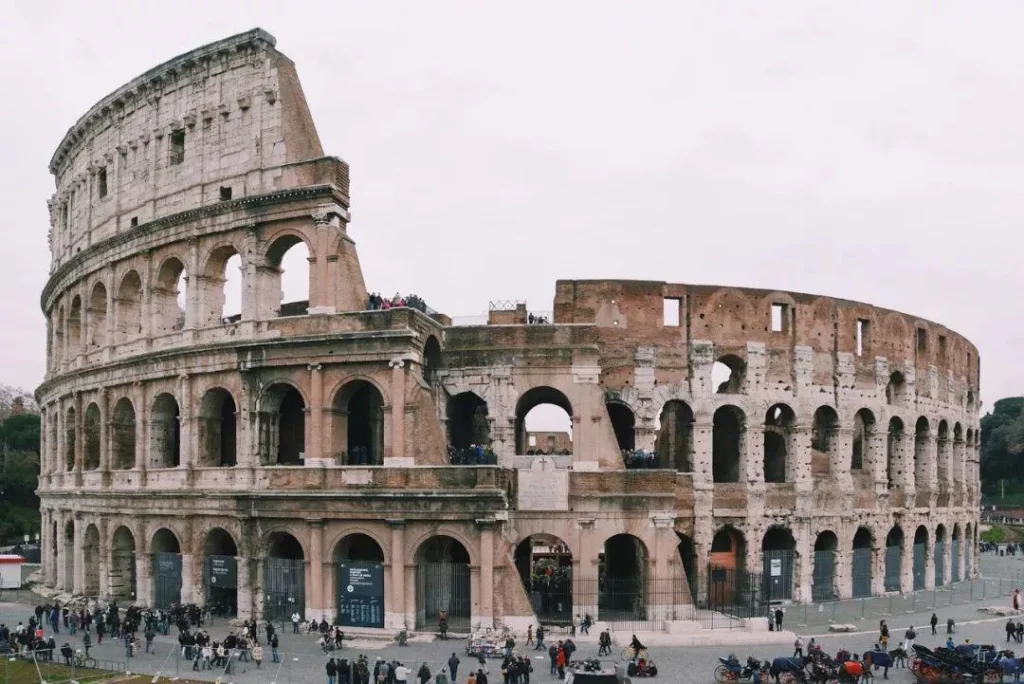Tiles, a common building material in our daily lives, have a rich and long history. From ancient civilizations to modern society, tiles have not only served as functional materials but also as forms of art, witnessing the continuous advancements in human architecture and decoration techniques.

The Origin and Early Use of Tiles
The history of tiles dates back to ancient Egypt around 4000 BCE. Archaeologists have discovered walls decorated with colorful ceramic pieces in Egyptian tombs and temples. These tiles were not only aesthetically pleasing but also functional, providing waterproof and fireproof properties, making them indispensable elements in early architecture.
In ancient Greece and Rome, tiles were widely used for decorating floors in public baths and luxurious residences. These mosaic tiles, with their intricate geometric patterns and vibrant colors, showcased the high craftsmanship and artistic taste of ancient artisans.
Evolution of Tiles in Different Cultures
Over time, tiles have evolved in different cultures, presenting a rich diversity of styles. In China, tile craftsmanship reached its peak during the Tang and Song dynasties. Blue and white porcelain tiles, known for their unique blue and white patterns, became significant decorative elements in ancient Chinese architecture.
In medieval Islamic architecture, tiles with exquisite Arabic patterns and bright colors were widely used in mosques and palaces. Particularly in Iran, blue tiles with their unique colors and intricate designs became treasures in the history of world architecture.
Modern Developments and Innovations in Tiles
Entering the modern era, tile craftsmanship experienced dual breakthroughs in technology and design, driven by the Industrial Revolution. Modern tiles are not only more diverse in materials but also produced with highly automated and standardized processes.
Today, tiles are used not only for traditional wall and floor decorations but also widely applied in kitchen countertops, bathroom fixtures, exterior wall decorations, and more. The designs of modern tiles are also more varied, from textures that mimic natural stone to abstract artistic patterns, catering to different consumers’ personalized needs.
Future Prospects for Tiles
With continuous technological advancements, the future of tiles is full of possibilities. Emerging products like smart tiles, self-cleaning tiles, and eco-friendly tiles will bring more convenience and beauty to our lives. At the same time, the application of tiles in architecture will become more extensive and diverse, continuing to play an important role in building decoration.
From ancient decorative items to modern functional materials, tiles have accompanied human development throughout history. Whether in the past, present, or future, tiles will leave a lasting impression in our lives. Let’s explore the history and future of tiles together, adding more art and inspiration to home decoration.
